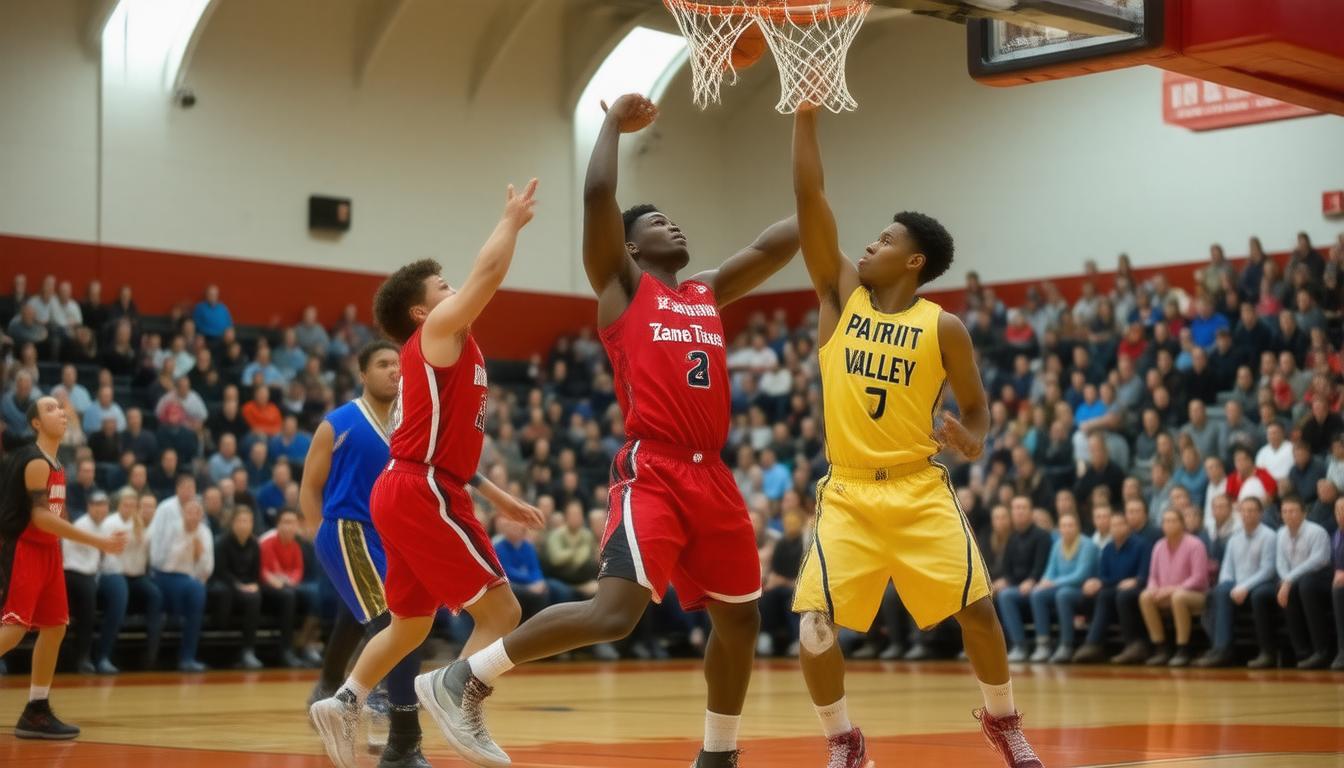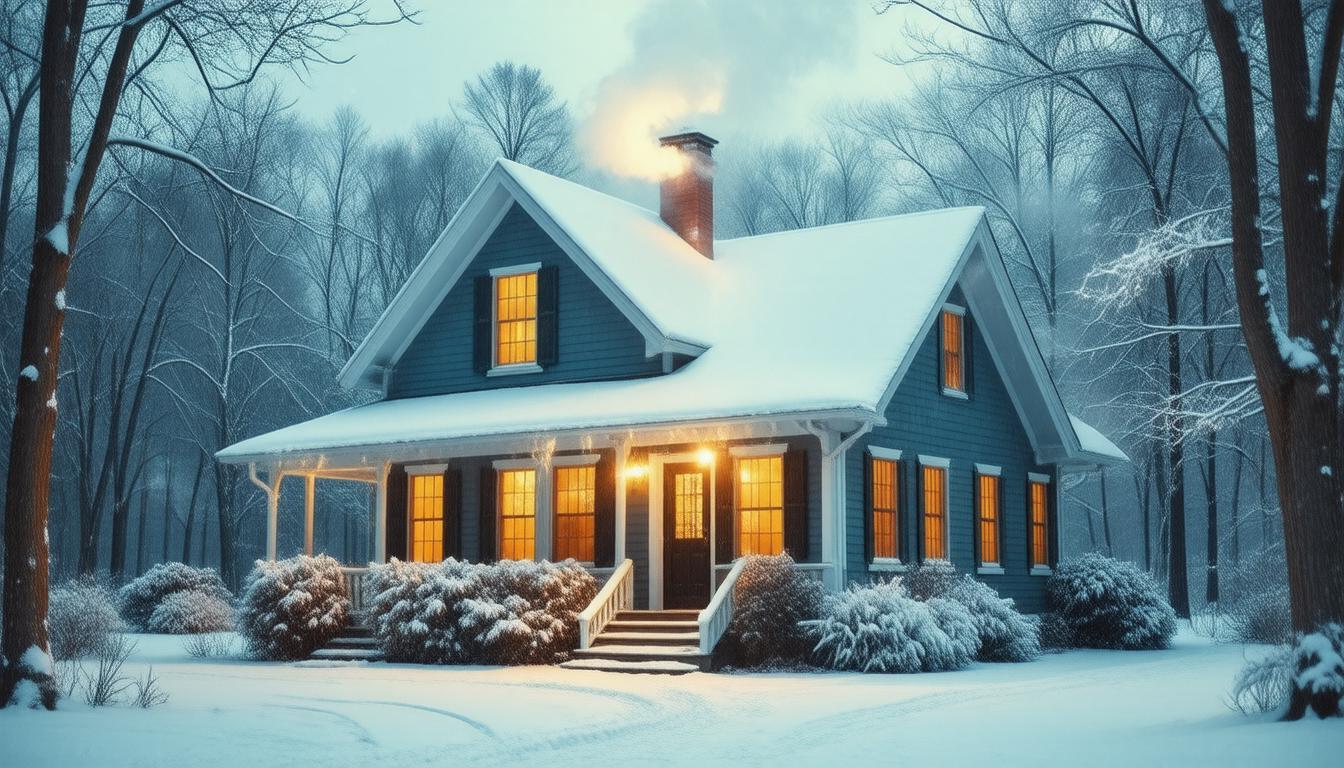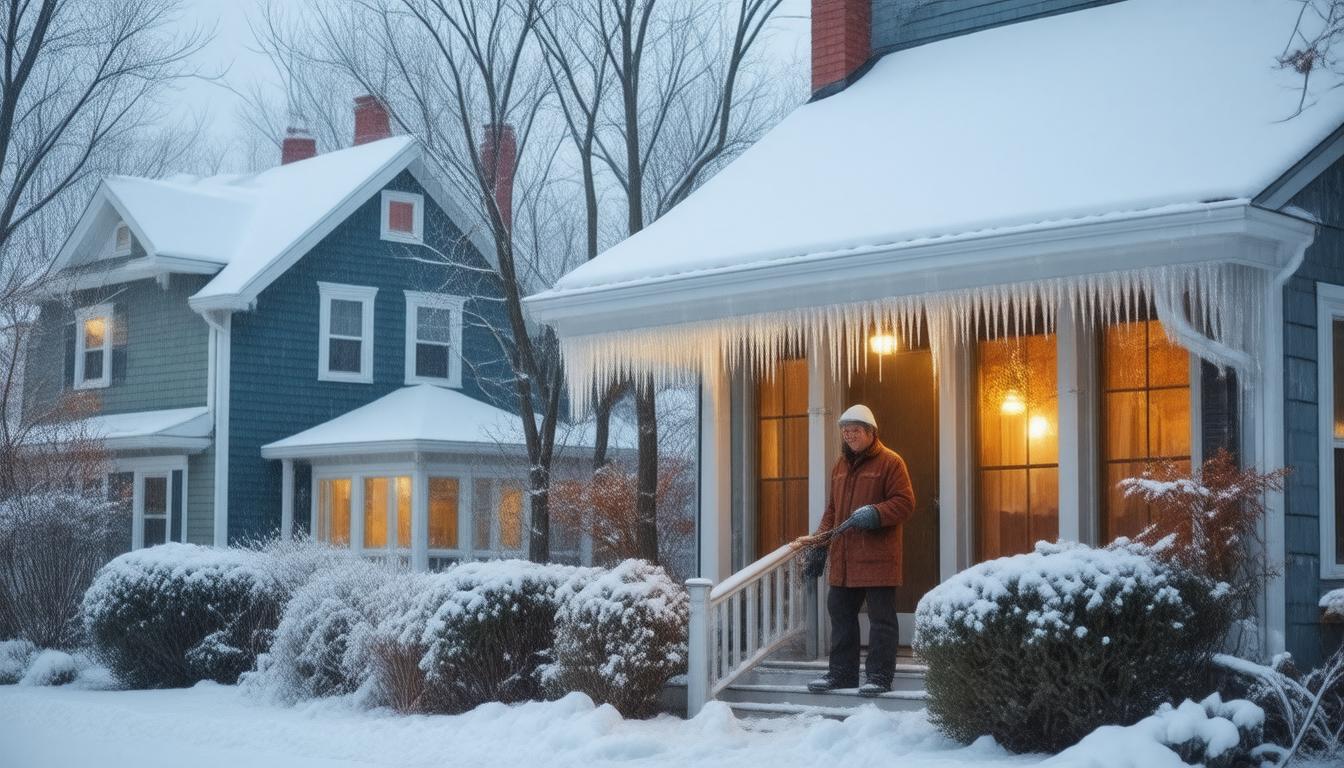
Spokane, like many other historic cities, is faced with the challenge of maintaining and revitalizing an aging sewer system. The sewer infrastructure in this region, much of which was constructed in the early 20th century, is now showing signs of significant wear and tear. Many of the pipes laid down decades ago were made of materials that, while cutting-edge at the time, are now near or at the end of their life expectancy. As a result, the city experiences frequent breaks, leaks, and backups that not only cause inconvenience to residents but also pose serious public health and environmental risks.
Introducing the Rooters: First Line of DefenseGiven the complications associated with deteriorating sewer pipes, Spokane has implemented a proactive approach to address the issue. Rooters, or root-cutting devices, play a critical role in this strategy. These tools are designed to enter the sewer lines and cut away tree roots that have invaded through cracks and fissures in the pipelines.
Why are roots a problem?Tree roots naturally seek out water sources, and sewer pipes often provide the moisture they crave. Unfortunately, roots can cause significant damage to pipes as they grow and expand, leading to blockages and further deterioration of the sewer system. By employing rooters regularly, Spokane is able to keep the sewer lines clear of obstructions and prevent costly and disruptive maintenance issues.
Relining: A Trenchless Solution to Pipe RehabilitationSewer pipe relining is another technique at the forefront of Spokane’s sewer revitalization efforts. Trenchless relining is a method of repairing pipes from the inside out, avoiding the need for disruptive and expensive excavation work.
How does relining work?Relining involves inserting a flexible tube coated with resin into the damaged pipe. Once the tube is in place, it is inflated to fit tightly against the walls of the old pipe. The resin then cures and hardens, effectively creating a new pipe within the old one. The result is a seamless, durable lining that restores the structural integrity of the pipe and greatly extends its lifespan.
The Benefits of Spokane’s Sewer Rehabilitation StrategyThe combined use of rooters and relining presents numerous benefits for Spokane’s residents and the environment.
– Cost EfficiencyCompared to traditional methods of sewer repair, such as excavating and replacing old pipes, rooters and relining are far less expensive. These solutions minimize disruption to traffic, businesses, and daily life, resulting in decreased indirect costs.
– Environmental PreservationSince trenchless relining limits the need for digging, it also reduces the ecological footprint of repair works. This technique lessens the disturbance to local flora, reduces the amount of construction waste, and conserves the existing landscape.
– Longevity and ReliabilityRooters help to maintain the flow and functionality of the sewer lines, while relining effectively gives the pipes a second lease on life. The new inner lining is resistant to corrosion, leaks, and root intrusion, promising a long-term solution that offers reliability for decades to come.
Looking Towards a Sustainable FutureSpokane’s adoption of rooters and relining technologies reflects a larger commitment to sustainable infrastructure management and a recognition of the economic and ecological importance of maintaining the city’s sewer systems. By choosing these innovative methods, Spokane sets a precedent for other cities dealing with similar issues and contributes to the broader goal of long-lasting, resilient urban infrastructure. With ongoing investment and attention to the latest technologies in sewer rehabilitation, Spokane is paving the way for a future where the underpinnings of city life remain strong, reliable, and unnoticeable to the average resident—just as they should be.







